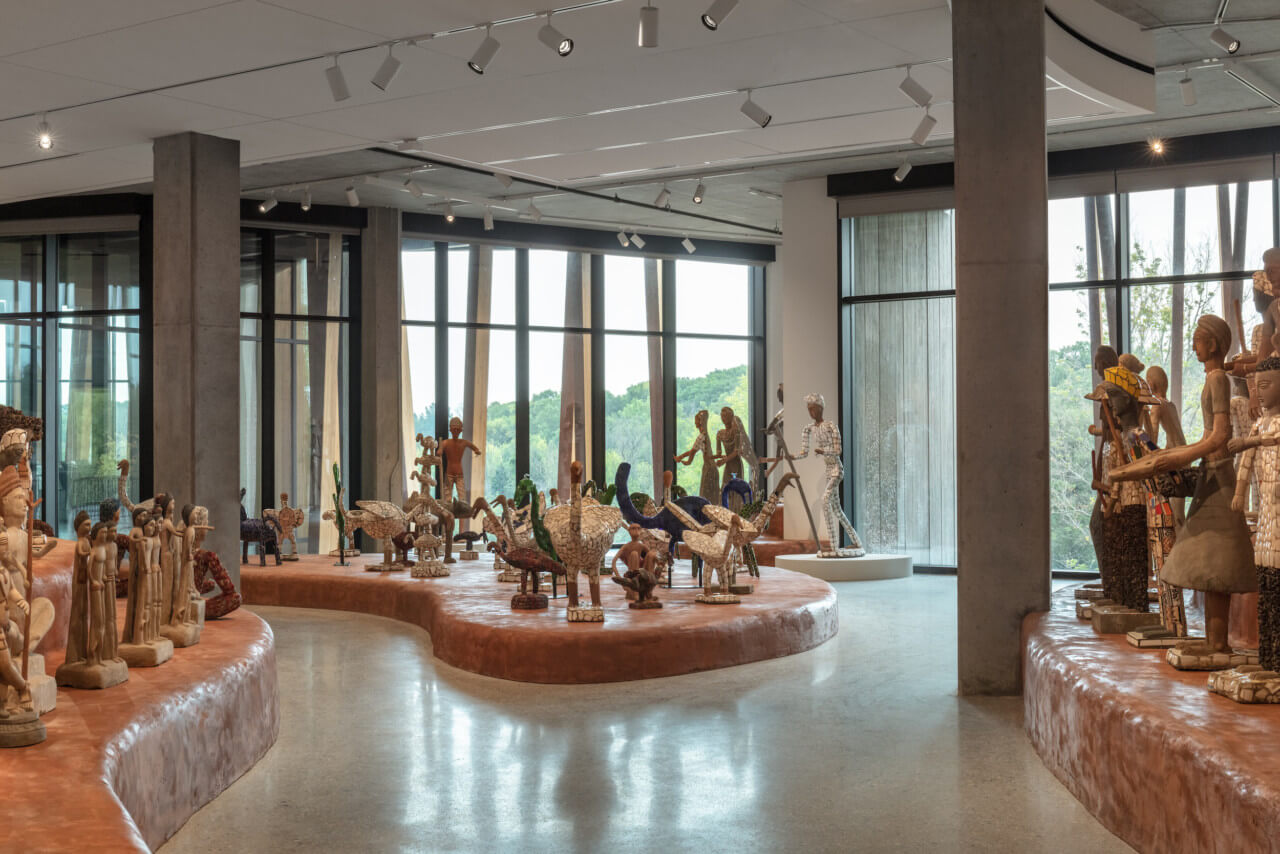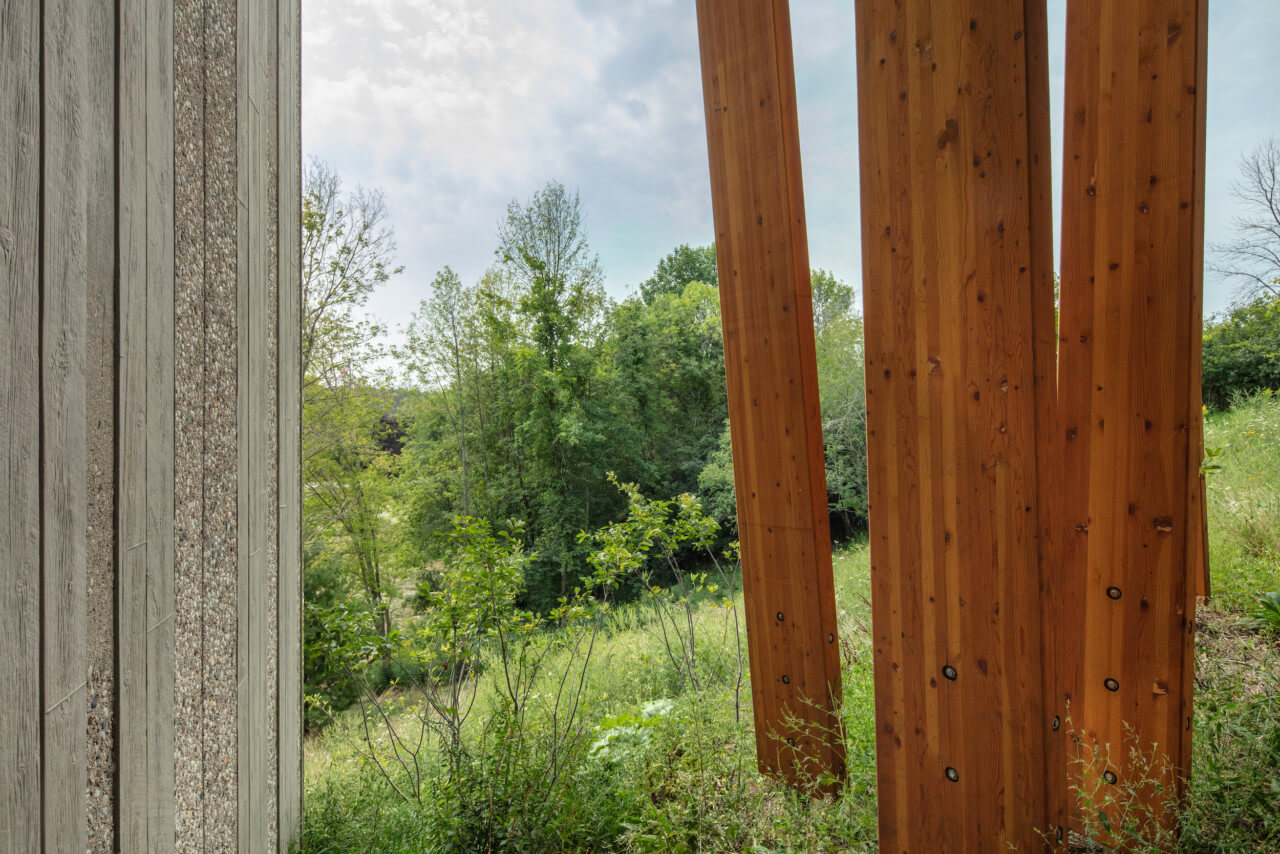The Art Preserve, a $40 million new museum designed by the Denver-based Tres Birds Workshop, is set to make its grand public debut on June 26 just outside of downtown Sheboygan, Wisconsin.
Serving as a new satellite campus for Sheboygan’s John Michael Kohler Arts Center, the 56,000-square-foot, tri-level building describes itself as the world’s “first museum dedicated to the presentation, care, and study of art environments” and includes over 37,000-square-feet of dedicated exhibition space along with a library, education area, and visible storage for the over 25,0000 works held in the Arts Center’s expansive collection, focusing on vernacular and self-taught artists. Over 30 partial and complete artist-built environments will be housed at the Art Preserve, which functions as an experimental “platform for ongoing explorations and investigations into these environments, their makers, and the Arts Center’s role as their institutional steward.”
The Art Preserve, which was scheduled to open to the public last August but delayed due to the COVID-19 crisis, is technically open now but on a limited basis as part of a special “pre-opening” beta-testing period that kicked off in January and will run through May 3. (Arts Center members were the first to get a peek at the museum.) The museum’s staff will continue to fine-tune the space ahead of the wider public opening in June based on feedback gleaned from visitors during the pre-opening phase.
Construction on the project first began in May 2018.
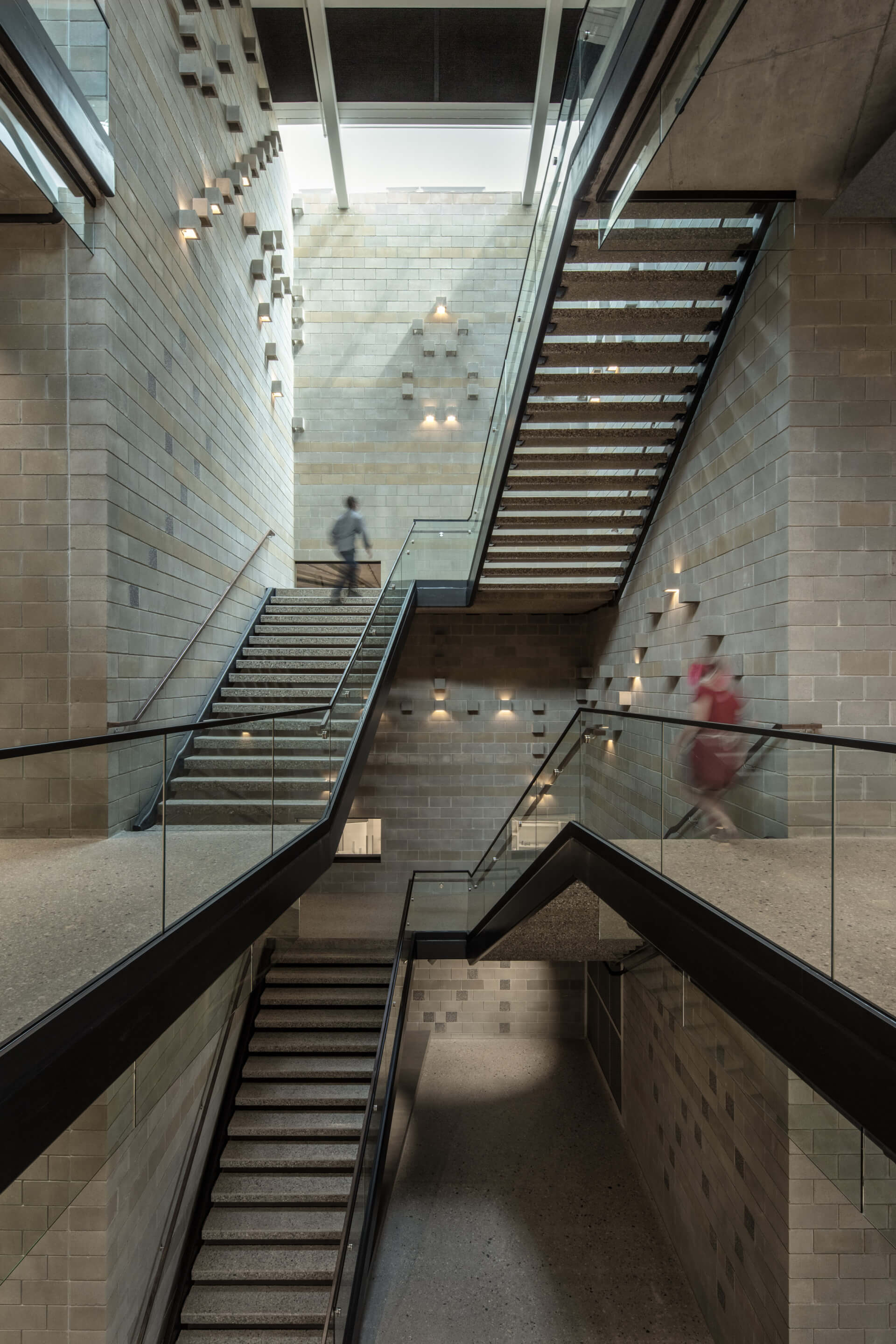
“The Art Preserve is based on a responsive model that is reflected in the architecture of the building and ongoing commissioning of work by contemporary artists,” explained Amy Horst, associate director of the John Michael Kohler Arts Center, in a statement. “The experience is one that will evolve and change in response to our audience input and needs.”
Completed areas of the museum open for the test-run period including galleries exhibiting the works of Emery Blagdon, Nek Chand, and Jesse Howard. In addition to Blagdon, Chand, and Howard, the work of ten other artists will be represented with major installations at the Art Preserve: Levi Fisher Ames, Loy Bowlin, Eugene Von Bruenchenhein, Jesse, Annie Hooper, Mary Nohl, Dr. Charles Smith, Fred Smith, Lenore Tawney, Stella Waitzkin, and Ray Yoshida.
As for the Tres Birds-designed building, it’s nestled into a hillside on a 38-acre parcel located on the west side of Sheboygan just a few miles from the main Arts Center campus and adjacent to a protected nature preserve. The building was constructed with precast concrete panels; roughly 80 percent of the concrete was aggregated from regionally sourced river rock. As noted in a press release, the use of concrete was a “material choice in keeping with the prevalence of concrete as a medium in the creation of many art environments,” and the multicolored river rock aggregate “can be experienced throughout the building facade, floors, stairs, and structure.”

In a clever yet practical nod to the museum’s sylvan setting, one of the most conspicuous design elements of the architects’ “walk-in-the-woods” design approach is a forest-like assemblage of angled timber planks positioned along the southern facade of the building. The architectural timbers, most dense at the main entrance but also found along other glazed sections of the exterior, double as sunshades to help shield the art inside the building from direct sunlight.
Inside, Tres Birds incorporated visual cues to help establish where on the hillside visitors are located as they move through the museum’s different levels. “The darker, grotto-like” first floor located entirely below grade features unadorned concrete walls; the second level, which is partially below grade, features both concrete and white studio walls, and the third level, which emerges from the hillside and is entirely above grade, has all-white studio walls. Meanwhile, the concrete masonry stair core walls are designed to show the striations of the land. “Color differentiation within the courses of the blocks helps to ‘map’ the topography of the building site,” explained the museum.
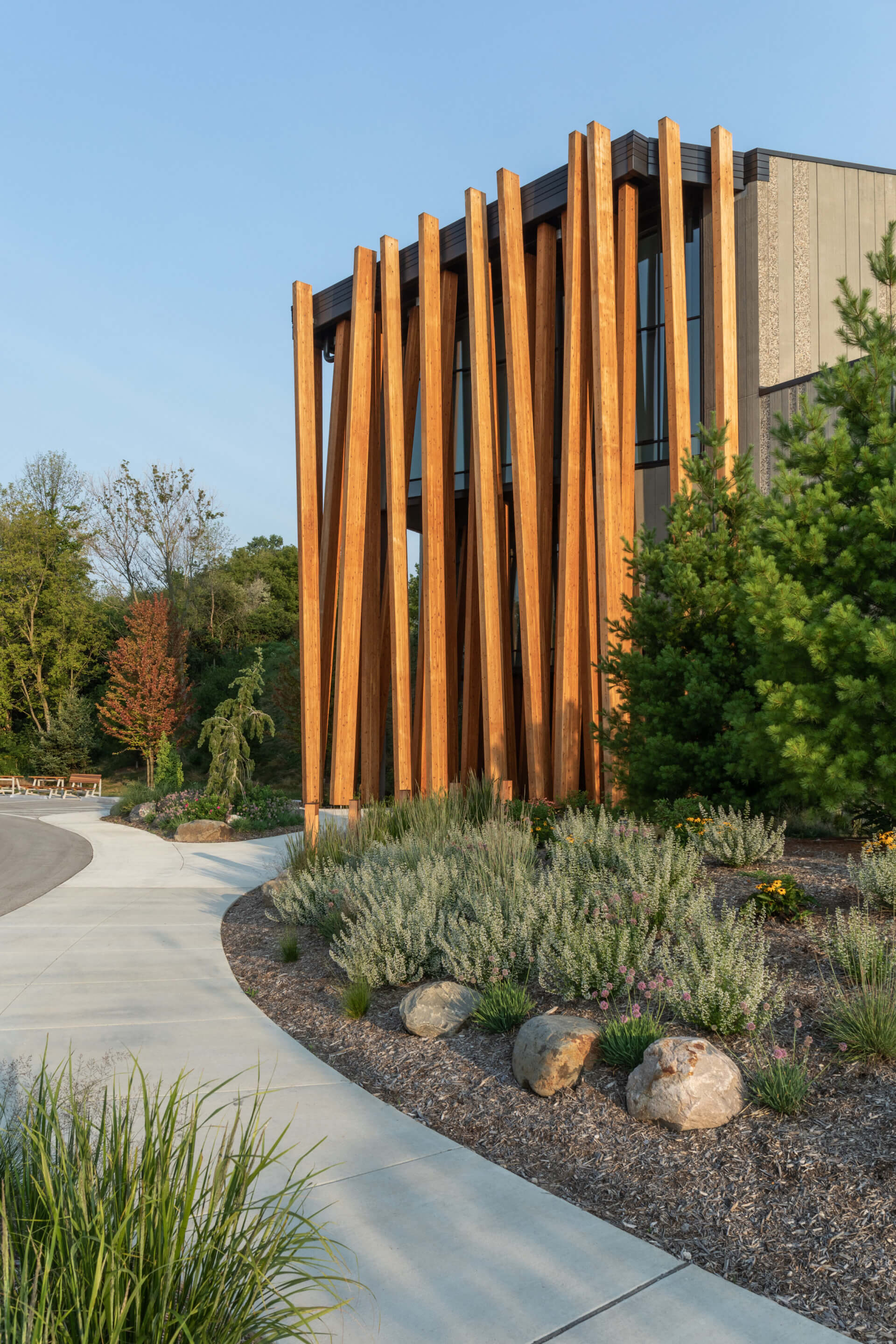
The project team from Tres Bird elaborated on the building’s unusual shape as part of a Q&A session provided by the museum:
“The building is designed to shade itself. The plan of the building undulates in reaction to the hillside on the site, the trees on the hillside, and the annual path of the sun. Direct sunlight is kept to a minimum to protect the art. The building’s shape engages the hillside in a non-rectilinear fashion. This was done to have moments where the building protrudes into nature and then recesses so that nature can enter. Tres Birds was tasked with creating a space that provides different experiences and inspires a sense of wonder. This was achieved by creating unexpected corners, spaces, differing proportions of rooms, and specific views to the natural world outside.”
The architects added that: “They [the Arts Center] wanted the building to be connected to nature and made from ‘sticks, stones, and earth.’ The timber shades are the sticks; the hill is the earth; the stones are the regional river rock aggregate of which the building is mainly composed.”
The building—ultra-efficient, highly insulated, and built with low-embodied energy—employs both a number of state-of-the-art technologies and ancient techniques to help minimize the museum’s carbon footprint.
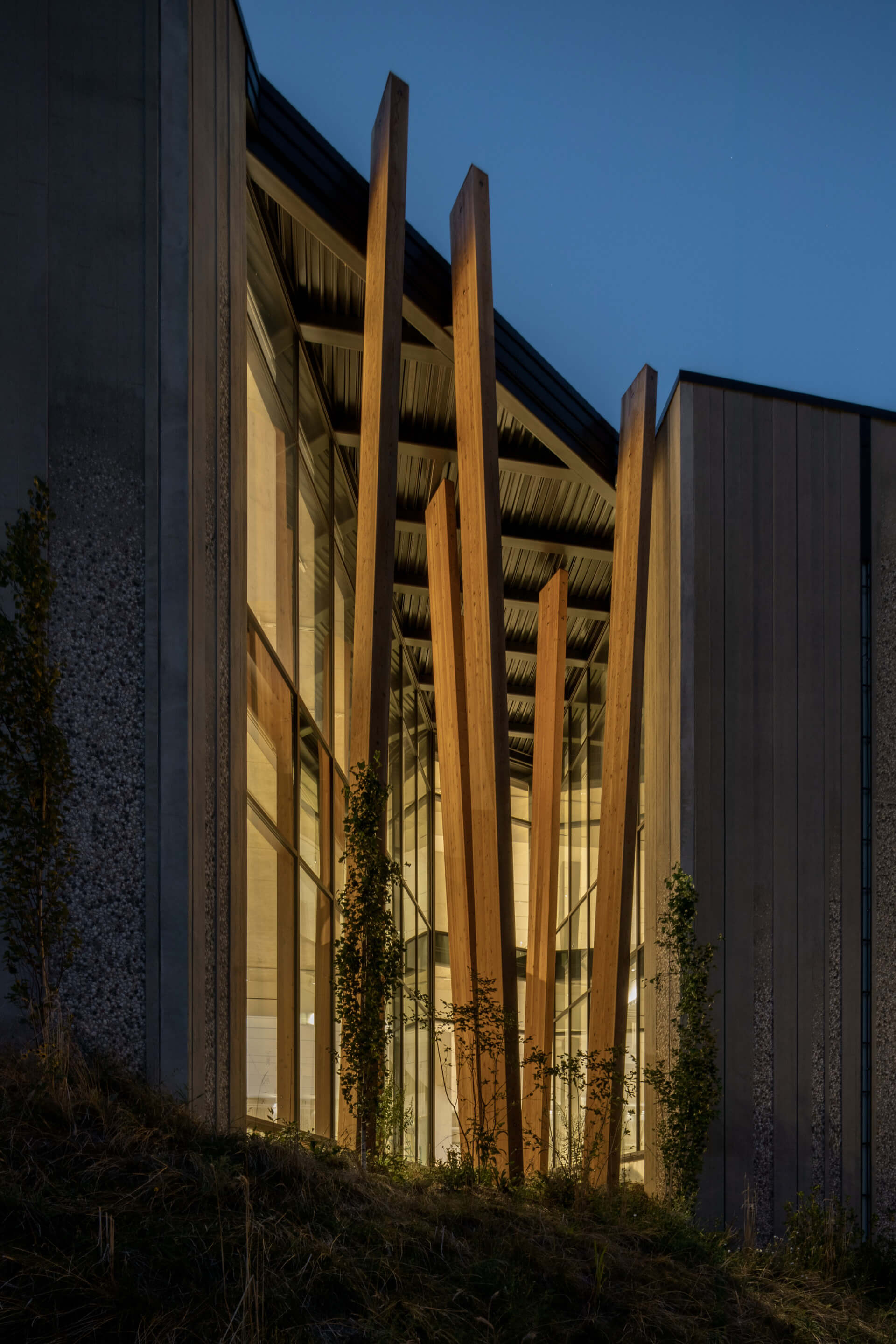
Working closely with Arup, Tres Birds incorporated a bevy of sustainable and experience-enhancing design features including innovative acoustic design, advanced heating and cooling systems, and motion-activated Bluetooth lighting controls that illuminate gallery spaces when visitors are near. (As noted by the architects, “the default state of the building is darkness, which is quite rare for a museum.”) And, of course, the fact that the building is built into the side of a hill helps it to maintain a consistent interior temperature and, in turn, save energy. The use of regional river rock as a primary building material also lends the building additional eco-credentials.
As the architects explained:
“Art facilities typically have very high energy usage. Constant temperature and humidity requirements of museums require their mechanical systems to run at all hours. Most museums have little to no daylight, which in turn requires all the art and spaces to be artificially illuminated with fossil fuel burning electricity. With its low embodied energy, the Art Preserve dramatically reduces fossil-fuel usage and presents a low carbon footprint.”
In addition to collaborating with Arup on the engineering and technology front, the Tres Birds team also worked intimately alongside the late Ruth DeYoung Kohler II, who passed away in 2020 at the age of 79. Serving as former longtime director of the John Michael Kohler Arts Center from 1972–2016, she turned her attention to the development of the Art Preserve during the latter years of her life. The Art Preserve is her creation.
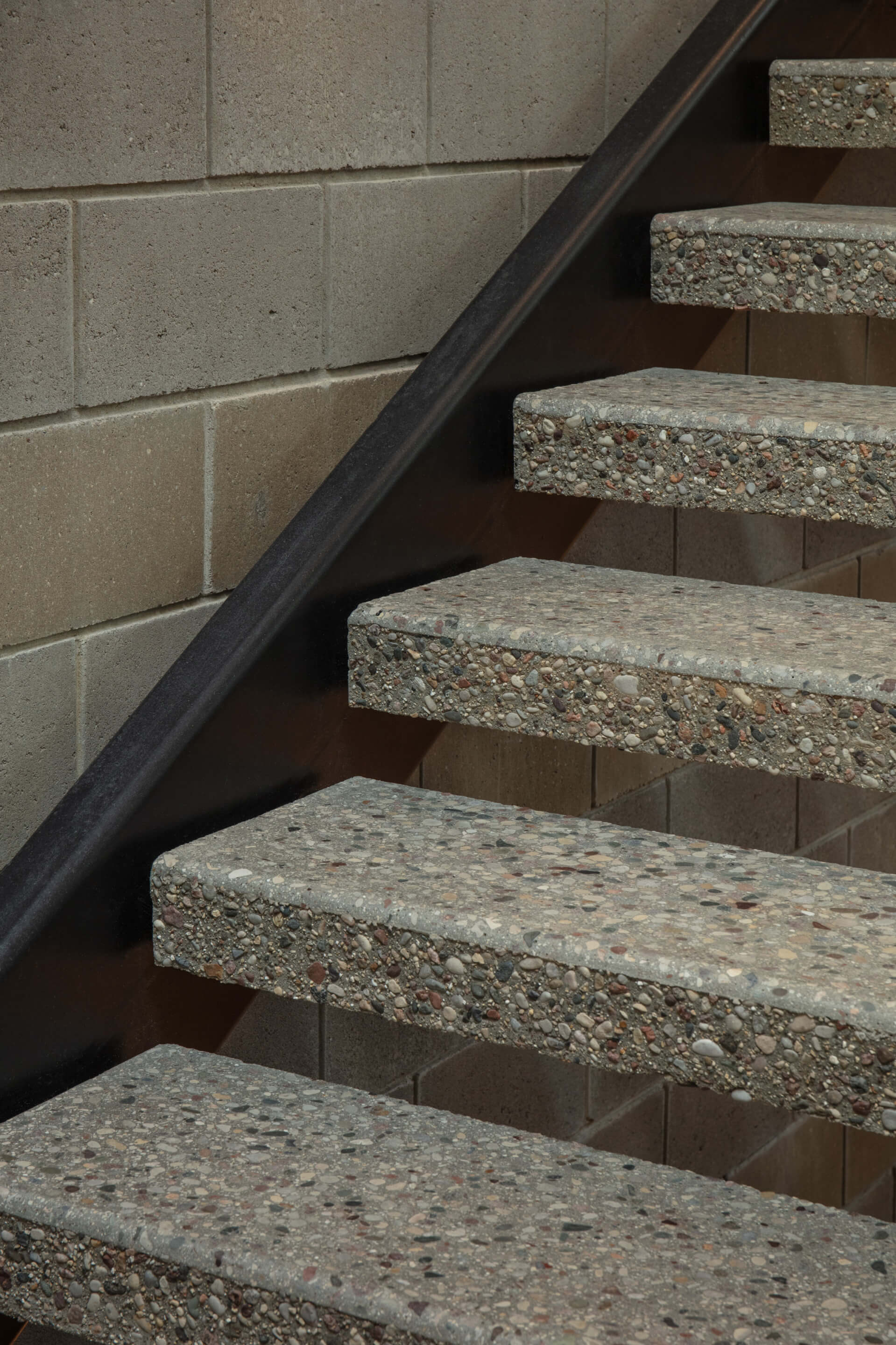
Located on the historic Kohler homestead, the John Michael Kohler Arts Center is a nonprofit museum operated by the Sheboygan Arts Foundation. The Kohler Foundation, the largely education- and art preservation-focused philanthropic arm of the prominent Wisconsin family perhaps best known for founding plumbing products behemoth Kohler Co., donated the land to the Sheboygan Arts Foundation in 1966 so that it could be transformed into a world-class creative hub showcasing the work of contemporary and folk artists with a special emphasis on art environments. Founded in 1967, the Arts Center is not an entity of Kohler Co. or its subsidiaries.








